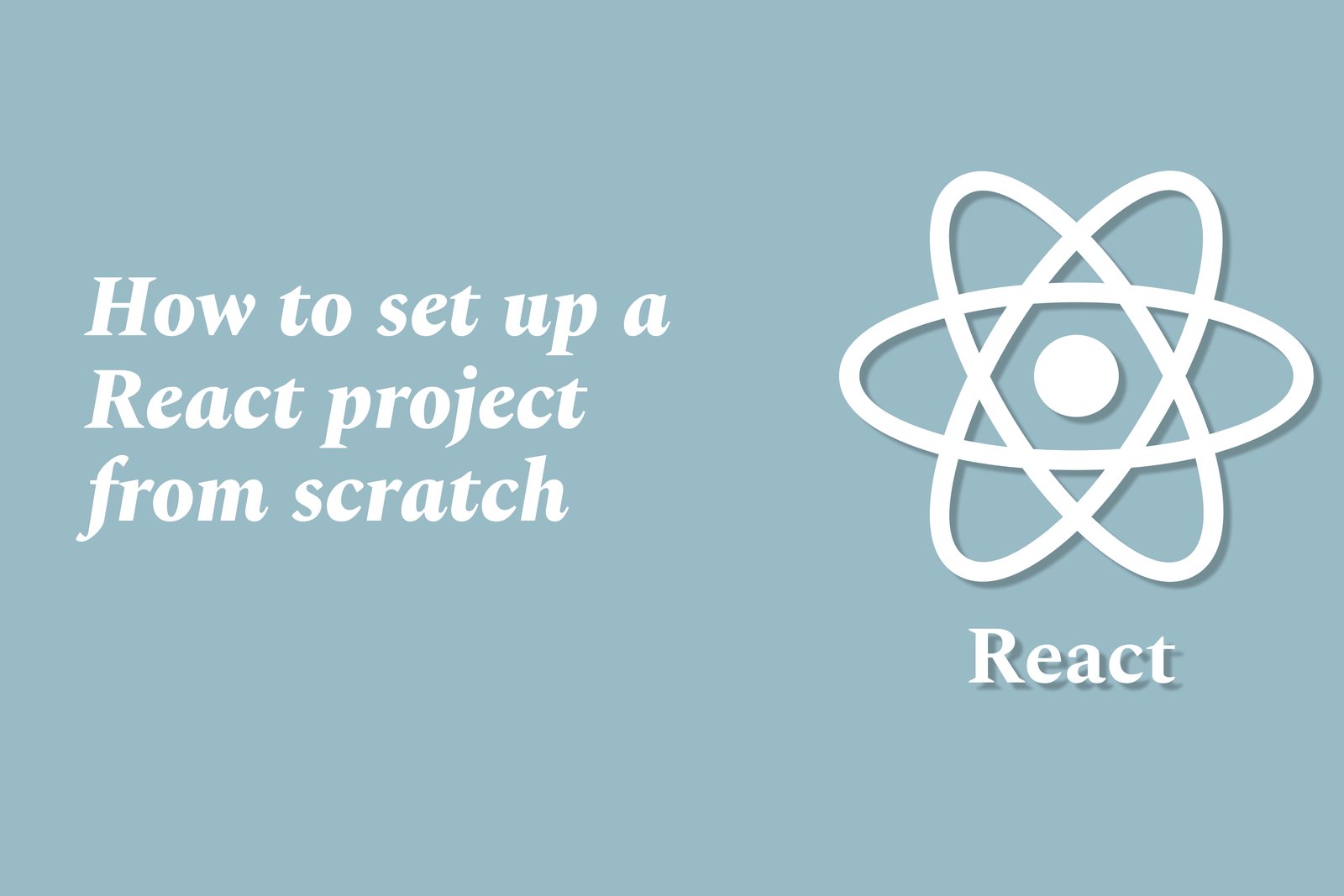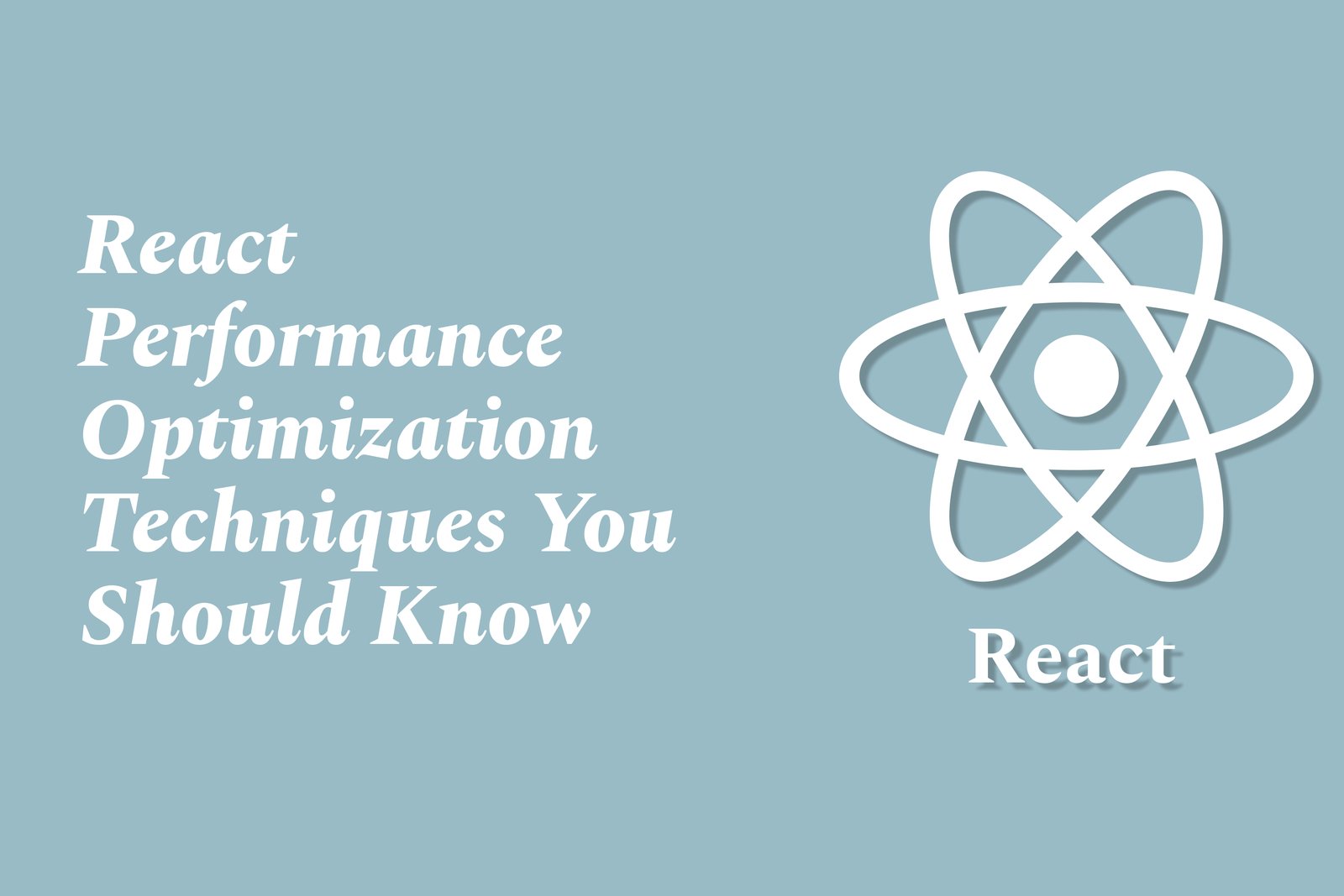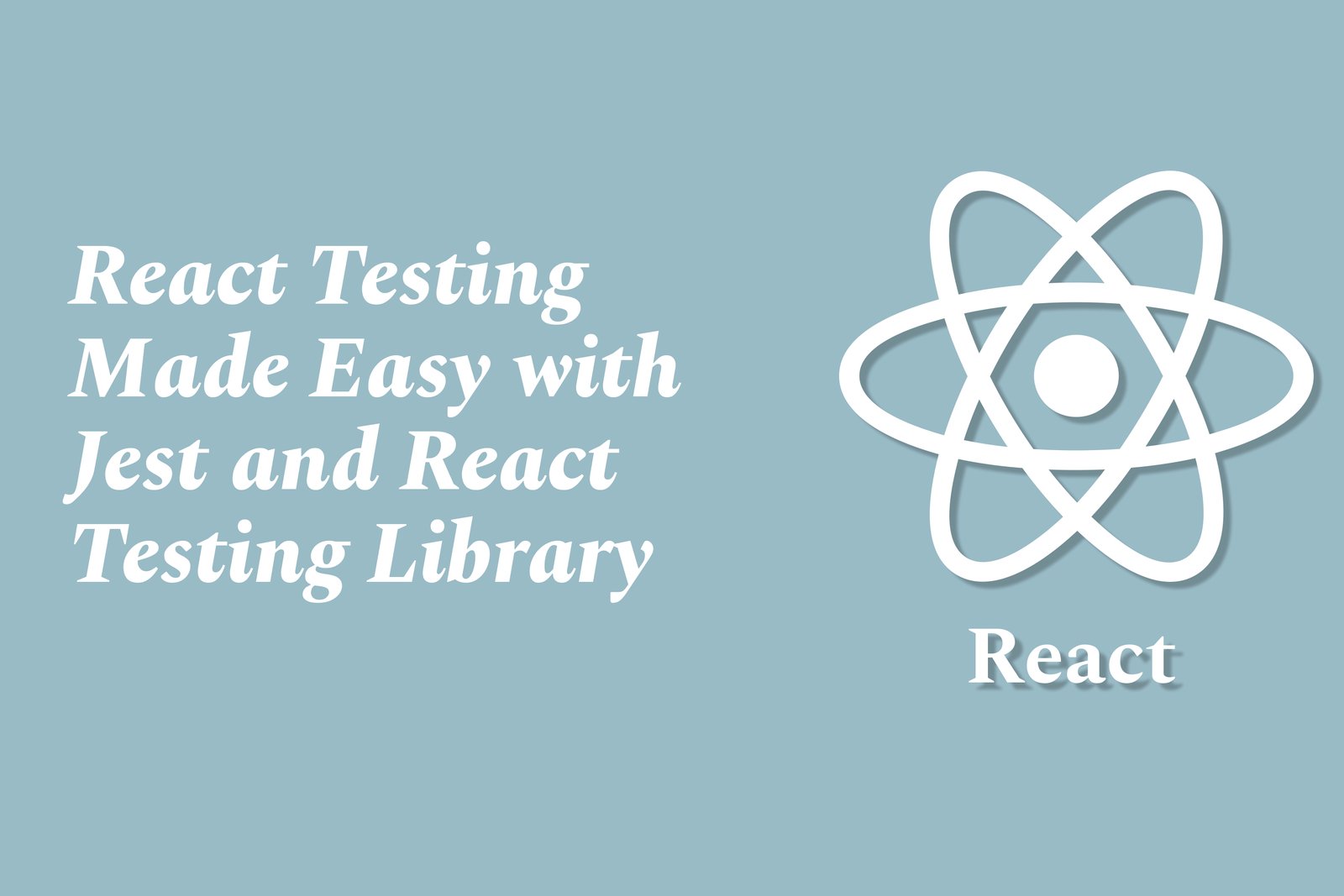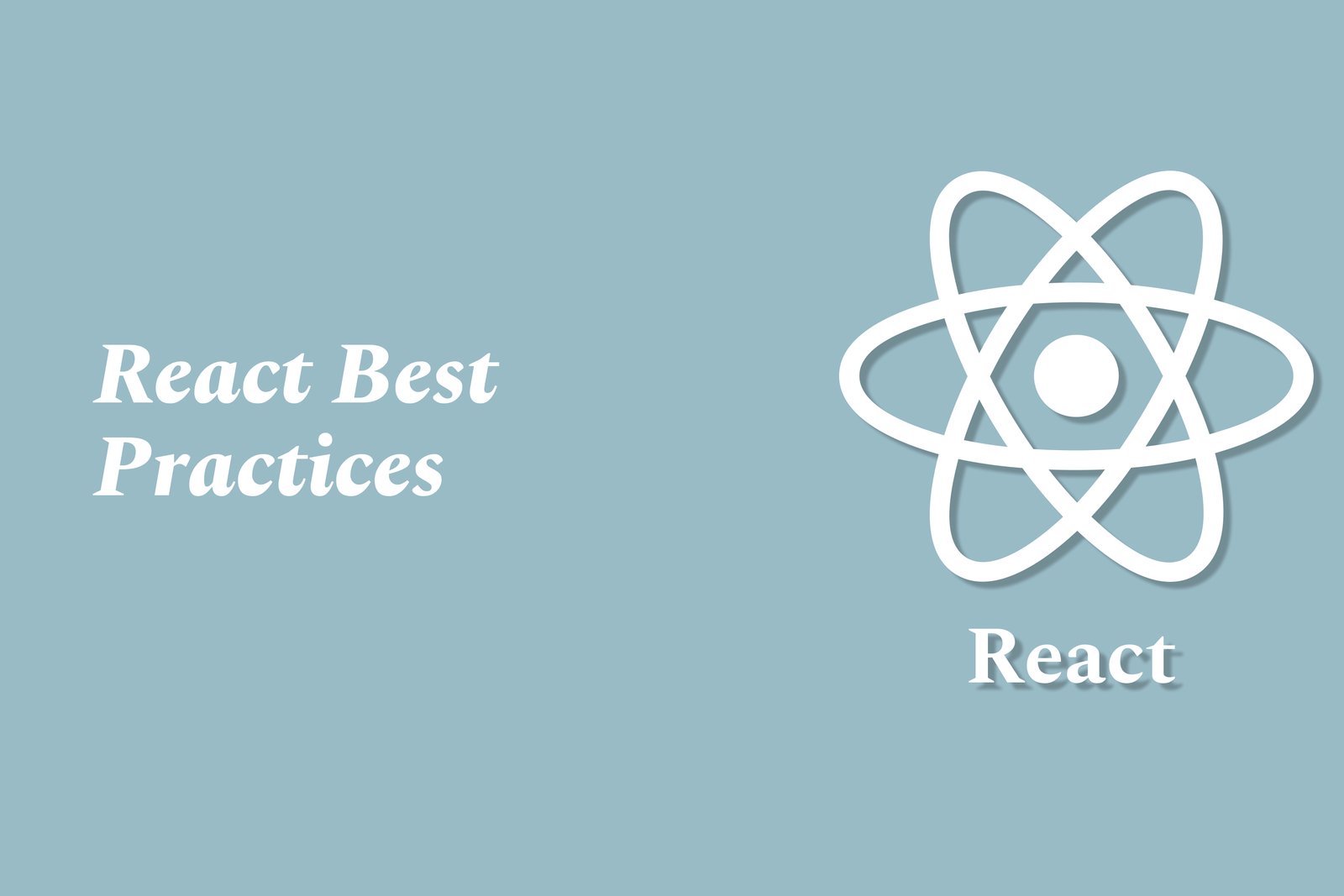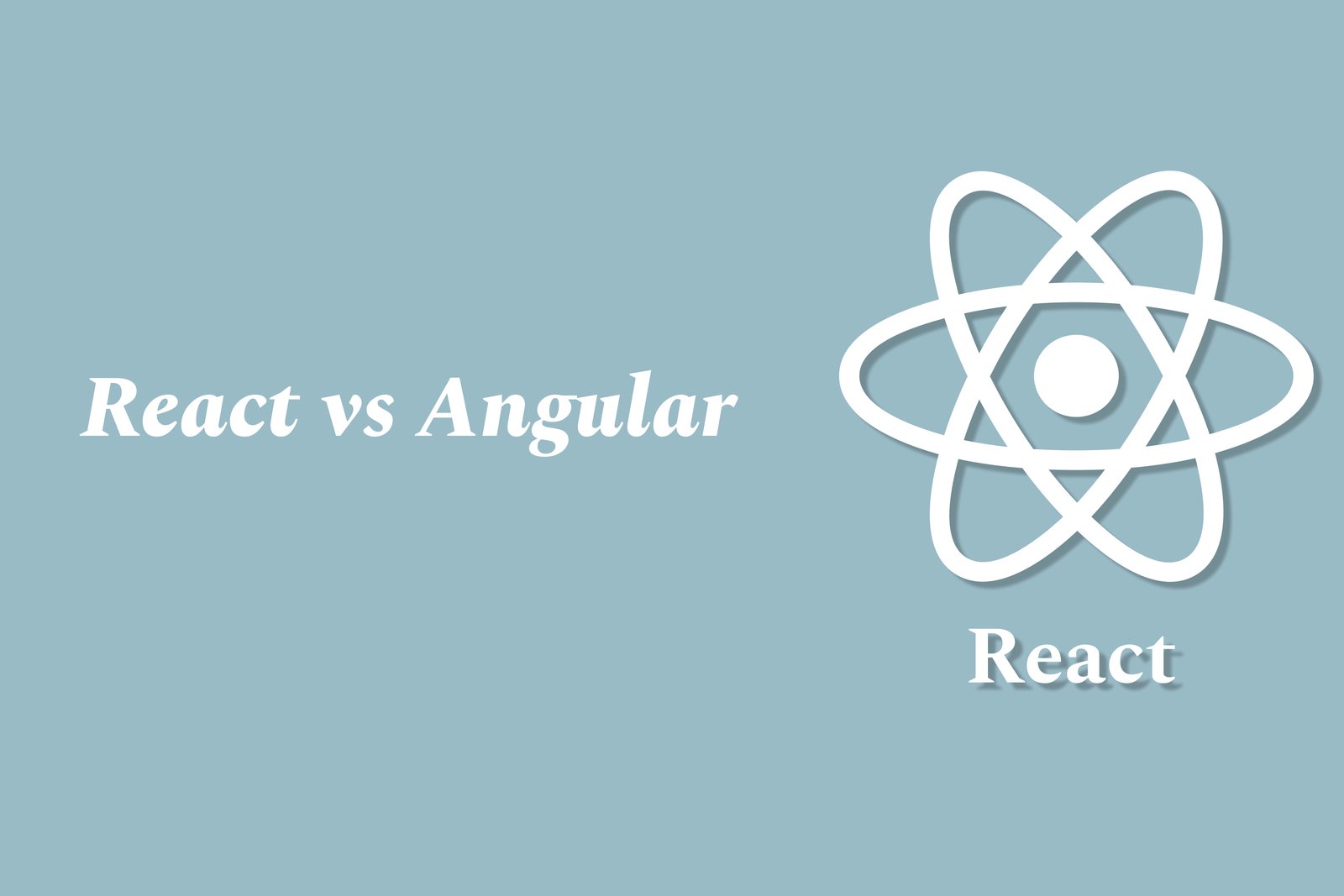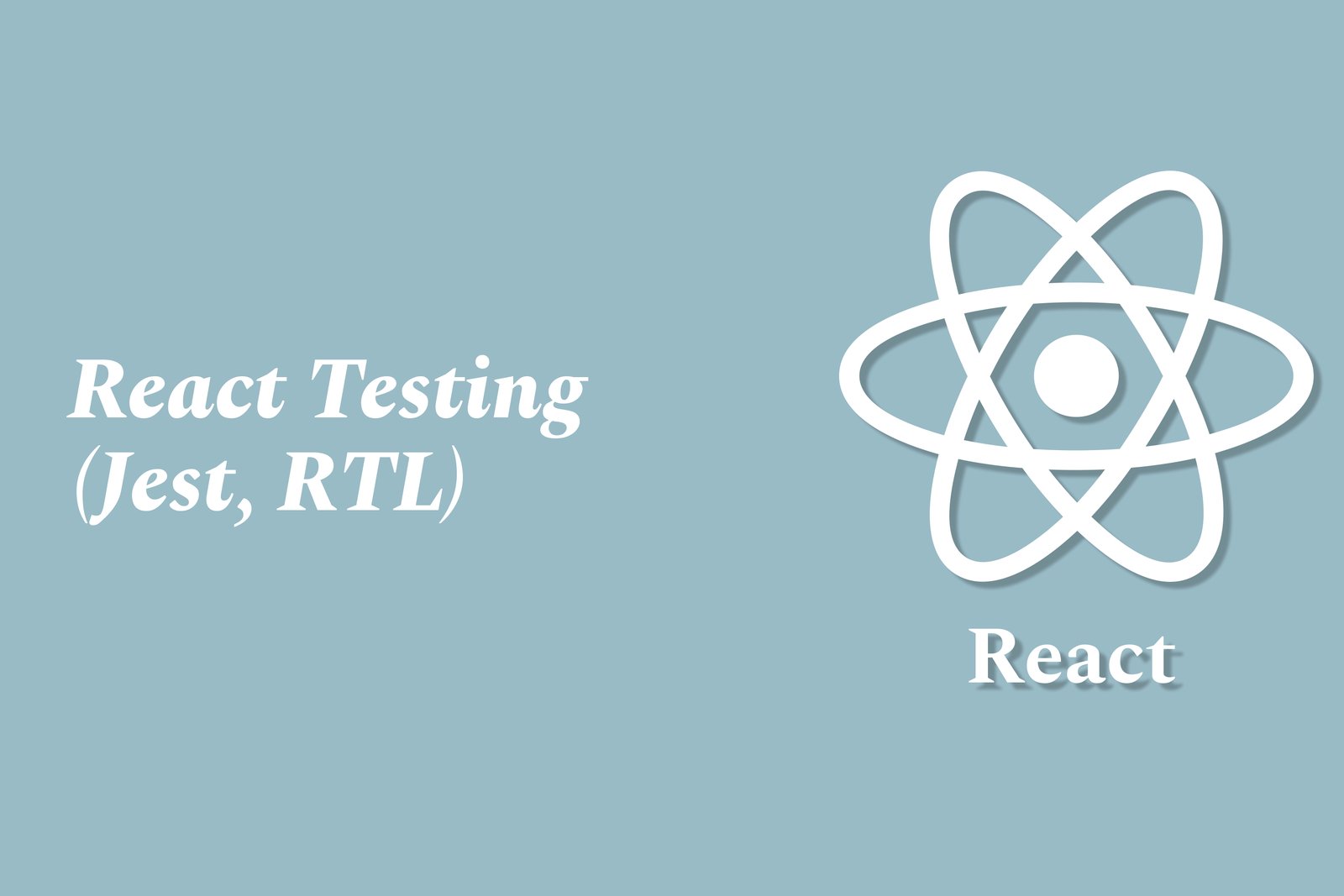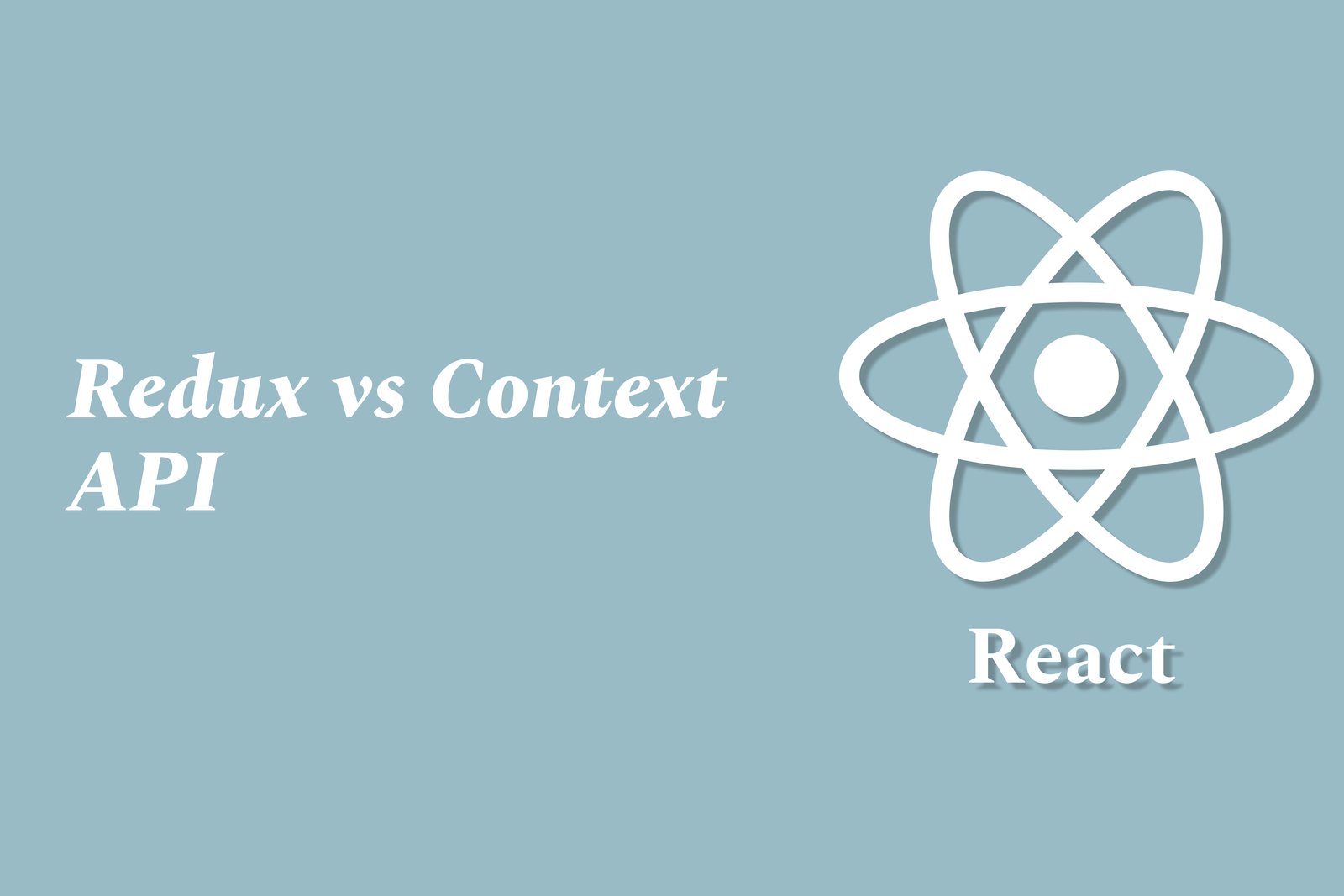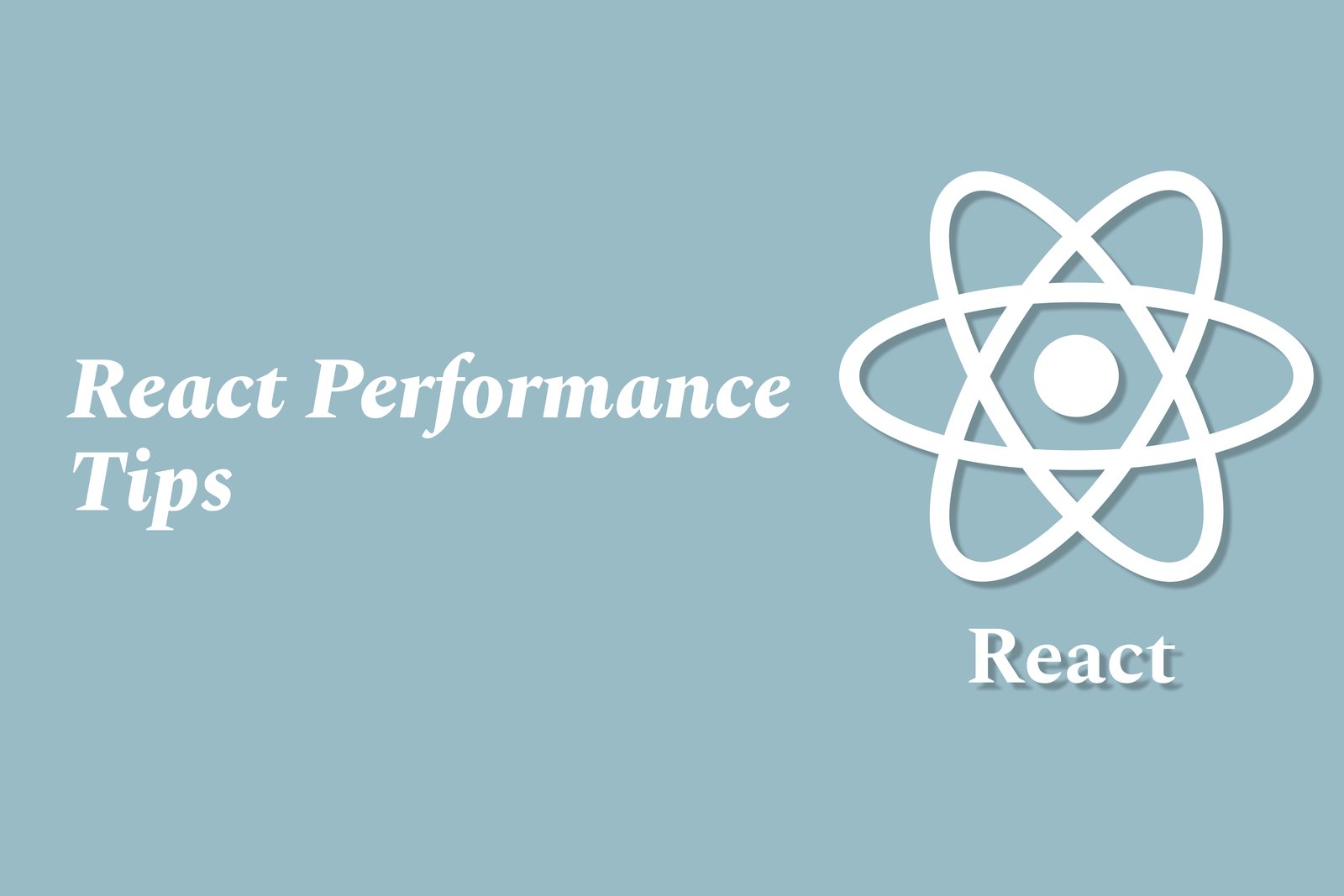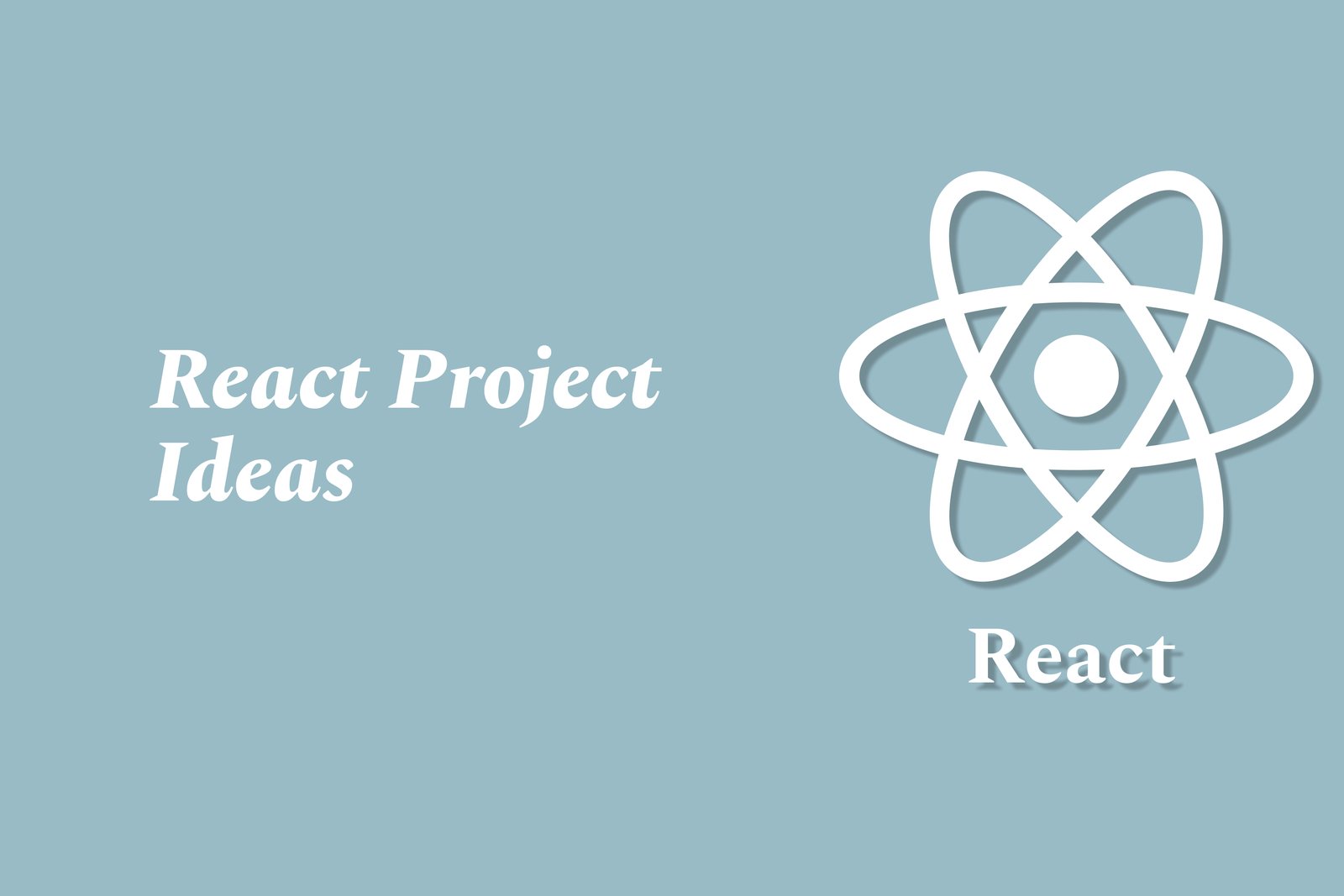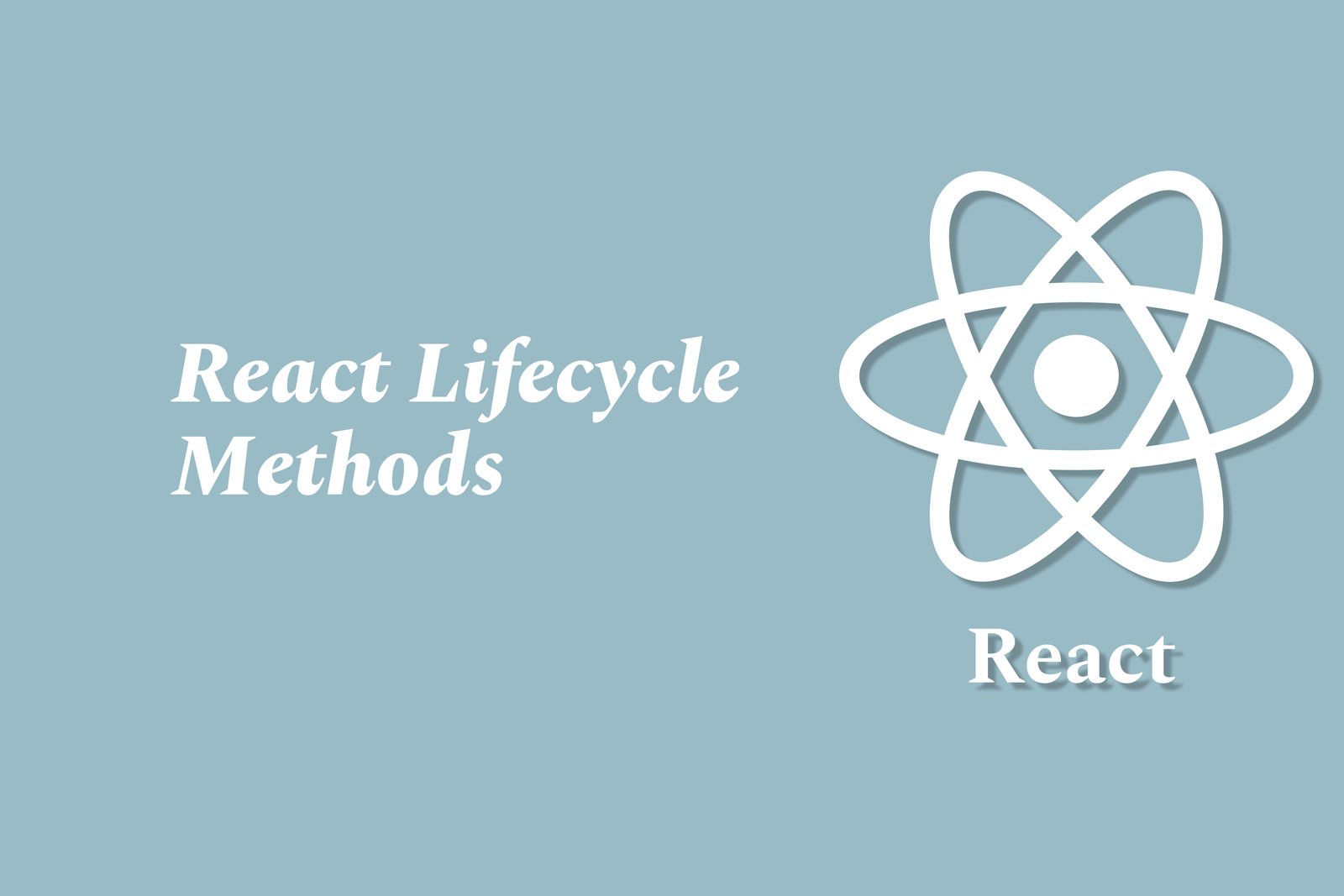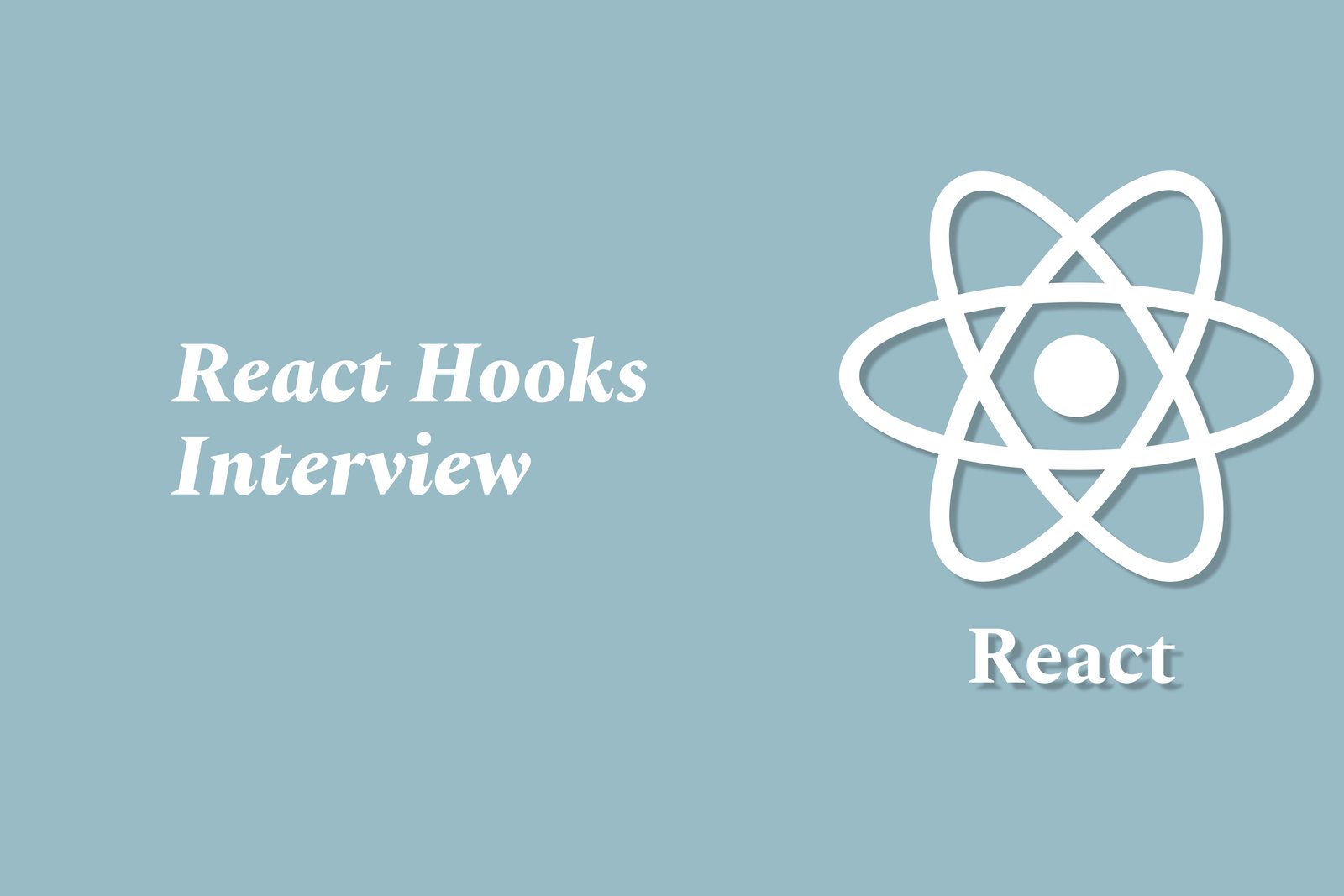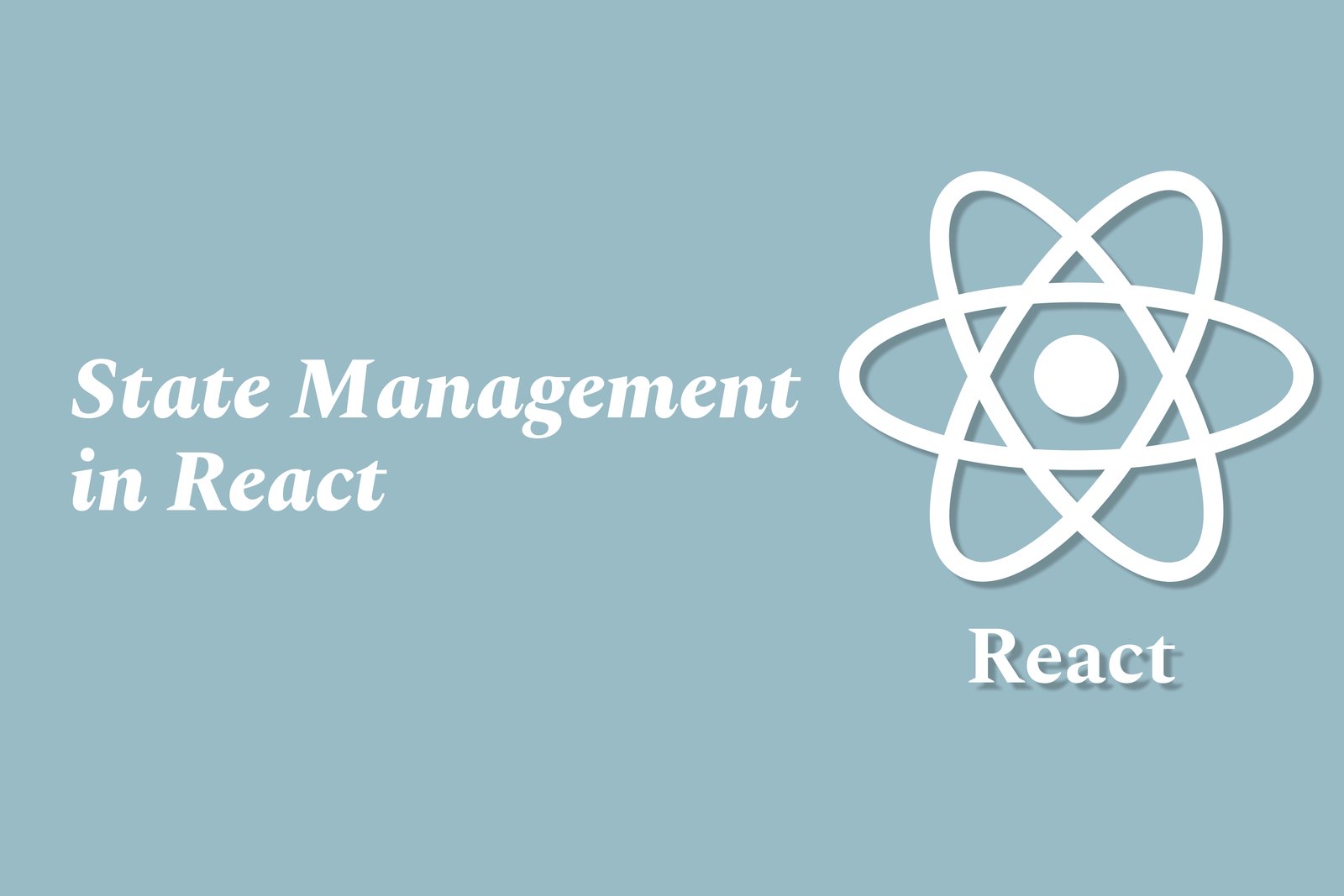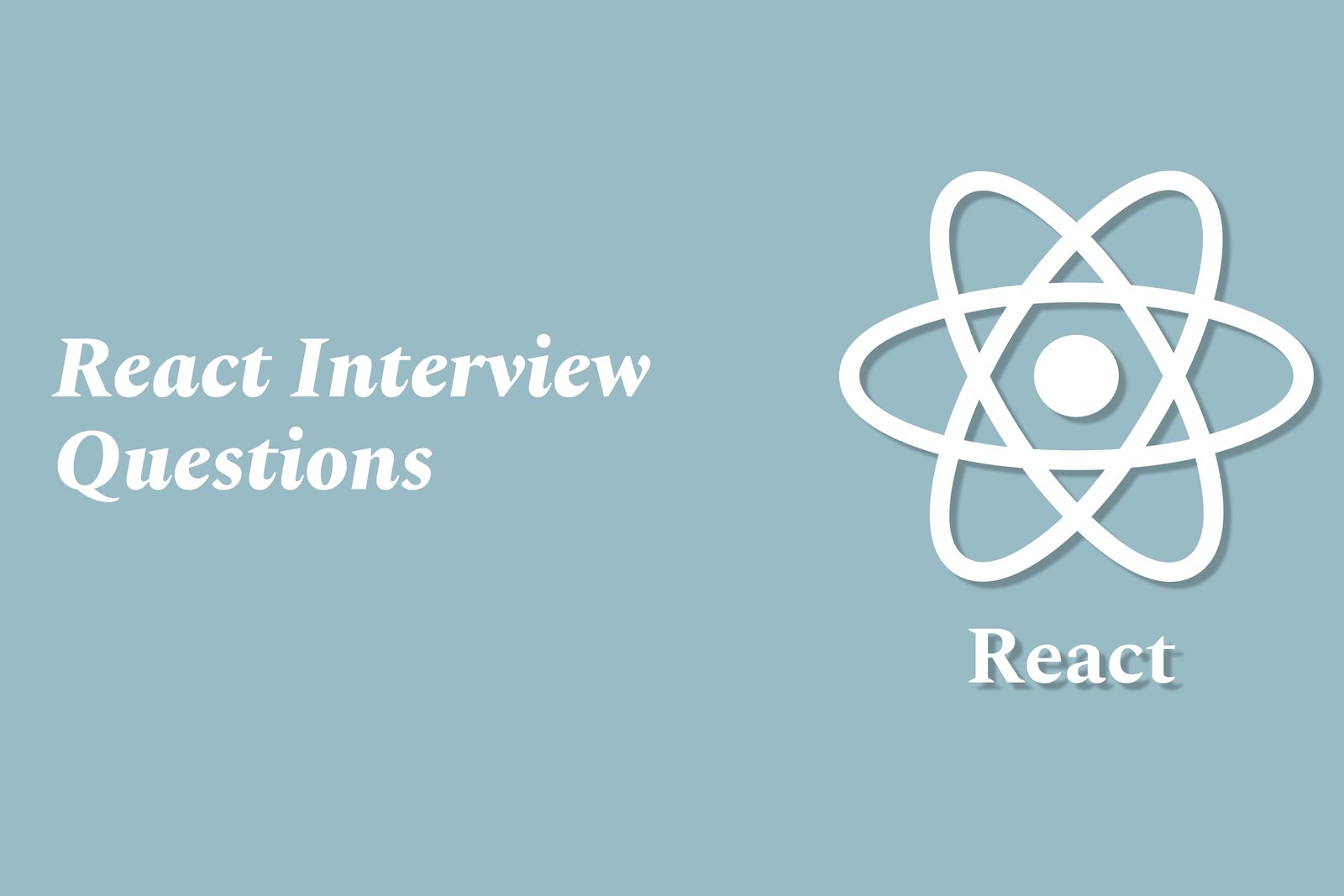How To Set Up A React Project From Scratch
Setting up a React project from scratch involves creating a new directory, initializing it with Node.js, and installing essential development tools such as React and ReactDOM using npm or Yarn. To begin, you first create a new directory and navigate into it, then run the command `npm init -y` to generate a package.json file, which manages project dependencies. Next, by executing the command `npm install react react-dom`, you incorporate the core React libraries into your project. Following this, setting up a build tool like Webpack or using Create React App simplifies the process of bundling your application and managing assets. Finally, you create a basic file structure and a starting component, allowing you to start building your user interface with React’s powerful features.
Learn MoreReact Performance Optimization Techniques You Should Know
React performance optimization techniques are essential strategies that developers can use to enhance the efficiency and speed of their React applications. These techniques include practices such as code-splitting, which allows loading parts of the application only when necessary, lazy loading for deferring the loading of non-essential resources, and memoization to prevent unnecessary re-renders of components. Other strategies involve using the React Profiler to identify performance bottlenecks and optimizing state management to minimize updates. By utilizing these methods, developers can create smoother, more responsive applications that deliver a better user experience, especially as app complexity increases.
Learn MoreReact Testing Made Easy With Jest And React Testing Library
React Testing Made Easy with Jest and React Testing Library is an effective approach to testing React applications that streamlines the process of ensuring component functionality and user interactions. Jest serves as a robust testing framework that facilitates assertions, mocking, and coverage analysis, while React Testing Library encourages developers to test components in a manner that prioritizes user experience. This combination empowers developers to catch errors early, validate their code's reliability, and enhance application quality, ultimately leading to more efficient development workflows and improved end-user satisfaction.
Learn MoreReact Best Practices
React best practices encompass a set of guidelines and techniques aimed at optimizing the development of React applications. These practices focus on writing clean, maintainable, and efficient code by utilizing functional components, hooks for state management, and component reuse. They emphasize proper component structure, effective data flow, and performance optimization techniques such as memoization and lazy loading. By adhering to these best practices, developers can create applications that are not only easier to understand and debug but also enhance the user experience through improved performance and responsiveness. In essence, following React best practices leads to sustainable code and a more harmonious development process.
Learn MoreReact Vs Angular
React and Angular are two leading JavaScript frameworks used for building modern web applications. React, created by Facebook, focuses on creating user interfaces through reusable components, allowing for efficient rendering and a seamless user experience. It utilizes a virtual DOM to enhance performance when updating the UI. Conversely, Angular, developed by Google, is a full-fledged framework that provides a comprehensive solution for building dynamic web applications. It offers an extensive set of tools, including dependency injection, two-way data binding, and routing, making it well-suited for large-scale applications. Choosing between React and Angular depends on the specific needs of a project, as both offer unique features and advantages.
Learn MoreReact Testing (jest, rtl)
React Testing involves using tools like Jest and React Testing Library (RTL) to ensure that React applications function correctly. Jest is a comprehensive testing framework that provides features for unit testing, while RTL allows developers to test React components in a way that reflects how users interact with them. Together, these tools enable developers to write and run tests that confirm the reliability, performance, and accessibility of their applications, making it easier to identify and fix bugs early in the development process, ultimately leading to higher-quality software.
Learn MoreRedux Vs Context API
Redux and Context API are both state management solutions commonly used in React applications, but they cater to different needs. Redux is a powerful library that provides a centralized store to manage application state globally, which is especially beneficial for larger applications with complex state interactions. It supports middleware for handling side effects and asynchronous actions, promoting a predictable state management flow. On the other hand, the Context API is a built-in feature of React that allows developers to share state across components without prop drilling, making it a simpler solution for smaller applications or specific use cases where only a few pieces of state need to be shared. Ultimately, the choice between Redux and Context API depends on the application's complexity and requirements.
Learn MoreReact Performance Tips
React Performance Tips are best practices and strategies designed to enhance the efficiency and speed of React applications. These tips focus on optimizing rendering processes, reducing the frequency of component re-renders, and effectively managing component lifecycles. Techniques such as code splitting, lazy loading, memoization with React.memo, and the use of the useCallback and useMemo hooks can significantly improve performance. By adhering to these guidelines, developers can create faster, more responsive applications that provide a better user experience and handle increasing complexity as projects scale.
Learn MoreReact Project Ideas
React project ideas encompass a range of creative and practical applications that developers can build using the React library. These projects serve as excellent tools for honing skills, fostering innovation, and applying theoretical knowledge in real-world situations. From simple components and single-page applications to complex web solutions with dynamic user interfaces, React projects help developers explore various functionalities of React, such as state management, routing, and API integration. Engaging in these projects not only enhances technical expertise but also builds a robust portfolio, showcasing a developer's ability to solve problems and deliver functional, user-friendly web applications.
Learn MoreReact Lifecycle Methods
React Lifecycle Methods are a set of built-in methods that allow developers to tap into different stages of a component's lifecycle, which includes phases like mounting, updating, and unmounting. These methods, such as `componentDidMount`, `componentDidUpdate`, and `componentWillUnmount`, enable the execution of code at strategic moments, allowing developers to manage state, handle side effects, and optimize performance in their applications. Understanding these lifecycle methods is essential for creating efficient and well-structured React components, ensuring they behave predictably throughout their lifecycle.
Learn MoreReact Hooks Interview
A React Hooks interview focuses on assessing a candidate's understanding and practical knowledge of React Hooks, which are functions that allow developers to use state and other React features in functional components. During the interview, candidates may be asked about the purpose and usage of various built-in hooks like `useState`, `useEffect`, and `useContext`, as well as how to create custom hooks. Interviewers typically explore concepts such as hook rules, handling side effects, performance optimization, and state management to gauge the candidate’s proficiency in building modern React applications. Familiarity with hooks is increasingly essential, as they represent the current standard for developing scalable and maintainable React applications.
Learn MoreState Management In React
State management in React refers to the process of handling the state of various components within a React application. It involves managing the data that influences how components render and behave in response to user interactions or other events. React provides built-in state management through the use of hooks like `useState` and `useReducer`, which allow developers to manage local component state efficiently. For more complex applications, external libraries such as Redux or the Context API can be utilized to centralize state management, enabling a more structured approach to sharing state across multiple components. Effective state management is essential for creating dynamic, responsive applications that provide a smooth user experience.
Learn MoreReact interview questions
React interview questions are a set of inquiries designed to evaluate a candidate's proficiency and understanding of React, a widely-used JavaScript library for building user interfaces. These questions encompass a wide range of topics, including core principles like components and state management, lifecycle methods, hooks, as well as testing and performance optimization techniques. By preparing for these questions, candidates can effectively demonstrate their technical skills, problem-solving abilities, and practical experience with React, making them more competitive in the job market. Employers use these questions to assess candidates' depth of knowledge and their potential to contribute to the success of development projects within their organizations.
Learn MoreWhy React Native Is Still Relevant In 2025
React Native remains a leading choice for mobile app development in 2025 due to its ability to creat
Learn MoreReact Native Performance: New Optimization Tips
React Native performance refers to the efficiency and responsiveness of applications built using the
Learn MoreReact Native Developer Salaries see 20% Hike in 2025
The salary for React Native developers is expected to see a significant increase of 20% by 2025, ref
Learn MoreFuture Of React Native In Enterprise Mobile Development
The future of React Native in enterprise mobile development is bright, as it offers a robust framewo
Learn MoreReact Native And AI Integration For Smarter Apps
React Native is a popular framework that enables developers to create cross-platform mobile applicat
Learn MoreReact Native Expo SDK Updates Announced
The React Native Expo SDK updates for 2023 bring a range of enhancements designed to improve mobile
Learn MoreReact Native Vs Flutter: Hiring Trends In India
The hiring trends in India for mobile app development are prominently shaped by the competition betw
Learn MoreReact Native For Startups: A Smart Choice
React Native is a powerful framework that enables startups to build cross-platform mobile applicatio
Learn More